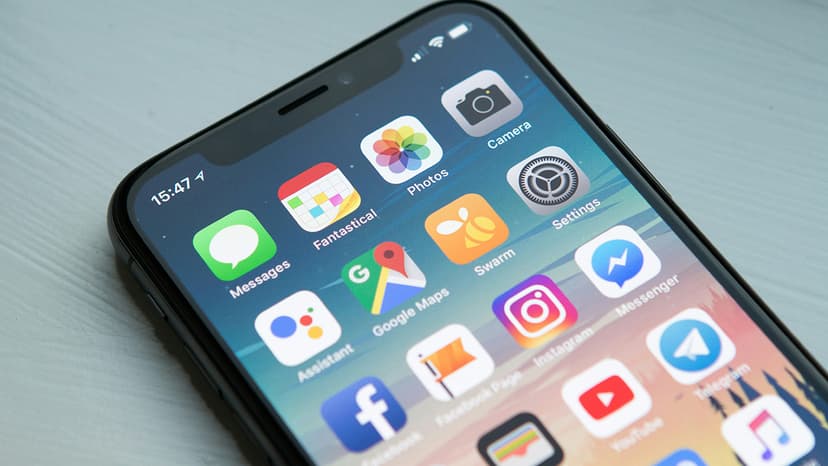10 Key Approaches to Elevate the Retail Customer Experience
The retail industry is undergoing a profound transformation, driven by the convergence of cutting-edge technologies and a deep focus on customer centricity. From personalized shopping experiences powered by Artificial Intelligence (AI) to immersive in-store encounters enhanced by Augmented Reality (AR), the future of retail promises to redefine the way we shop. This technological revolution is revolutionizing every aspect of the retail landscape, from inventory management and data analytics to seamless checkouts and employee training. As retailers embrace these innovations, they unlock the potential to create experiences that are not just transactional but truly transformative.
Here are 10 key areas where technology is shaping the future of retail:
1. Personalized Shopping Experiences with AI
The power of AI lies in its ability to learn from data and offer personalized experiences to customers. By analyzing shopping patterns, preferences, and behaviors, AI can tailor product recommendations and promotions to each individual. This personal touch not only makes the shopping experience more enjoyable but also increases the likelihood of purchase. For instance, virtual assistants and chatbots powered by AI can provide 24/7 support, answering queries, offering suggestions, and even assisting with the checkout process, thereby creating a seamless shopping experience.
2. Enhanced In-Store Experience through Augmented Reality
Augmented Reality (AR) is redefining the in-store experience by blending digital elements with the physical world. Imagine customers being able to visualize products in their own space before making a purchase or trying on clothes virtually through AR mirrors. This not only adds an element of fun and engagement but also aids in making informed purchasing decisions. Retailers can use AR to create immersive experiences that captivate customers, encourage them to spend more time in the store, and ultimately boost sales.
3. Streamlining Operations with Smart Inventory Management
Efficient inventory management is crucial for a positive customer experience. AI-driven inventory systems can predict demand, optimize stock levels, and even automate replenishment processes. This not only reduces the chances of stockouts but also ensures that the right products are available at the right time. By minimizing inventory errors and managing stock efficiently, retailers can promise and deliver a consistent and reliable shopping experience.
4. Leveraging Data Analytics for Improved Decision Making
Data is the goldmine of the retail industry. By harnessing the power of big data analytics, retailers can gain valuable insights into customer behavior, market trends, and operational efficiencies. This data can then be used to make informed decisions, from product placement and store layout to marketing strategies and pricing policies. A data-driven approach enables retailers to stay ahead of the curve, adapt to changing consumer demands, and tailor their offerings to meet specific customer needs.
5. Facilitating Seamless Checkouts with Contactless Payments
The checkout process is often the final touchpoint in the customer journey and can greatly impact their overall experience. Technologies like contactless payments, mobile wallets, and self-checkout kiosks have made transactions faster, easier, and more secure. By reducing wait times and eliminating the hassle of traditional payment methods, retailers can ensure a smooth and pleasant end to the shopping experience.
6. Enhancing Customer Engagement through Social Media Integration
Social media has become an integral part of the retail experience. Integrating AI with social media platforms allows retailers to engage with customers where they spend a significant amount of their time. From AI-powered chatbots on social platforms to leveraging user-generated content for marketing, the opportunities are endless. This not only helps in building a community around the brand but also drives customer engagement and loyalty.
7. Implementing Sustainable Practices with Technology
Sustainability is a growing concern among consumers, and retailers can use technology to address this. AI can help in optimizing supply chains, reducing waste, and even in selecting eco-friendly materials. By adopting sustainable practices and showcasing them through technology, retailers can attract a more environmentally conscious customer base and contribute positively to the planet.
8. Investing in Employee Training and Development
Finally, while technology plays a crucial role, the importance of human interaction in retail cannot be overstated. Investing in employee training, especially in how to use new technologies, ensures that staff are equipped to provide excellent customer service. Empowered employees are more likely to engage positively with customers, enhancing the overall shopping experience.
9. Utilizing IoT for Enhanced Product Interaction
The Internet of Things (IoT) offers a unique opportunity to improve the retail customer experience through enhanced product interaction. IoT-enabled devices and smart tags can provide customers with detailed product information, reviews, and even usage tips simply by scanning them with their smartphones. This not only enriches the shopping experience but also empowers customers with information, leading to more confident purchasing decisions. Retailers can further utilize IoT to monitor store conditions, ensuring optimal product preservation and displaying real-time information about product availability, creating a highly responsive and interactive shopping environment.
10. Creating Virtual Store Experiences
Virtual reality (VR) technology opens up a new realm for retail customer experience. With VR, customers can enjoy a fully immersive shopping experience from the comfort of their homes. Virtual stores can be designed to mimic physical stores, allowing customers to browse through aisles, inspect products, and even interact with virtual sales assistants. This approach is particularly beneficial in times when visiting physical stores is not feasible, ensuring that the retail experience is not just maintained but enhanced. Virtual store experiences can be combined with AI to provide personalized shopping tours, product demonstrations, and more, making online shopping more interactive and engaging.
The integration of AI, AR, data analytics, and other technologies is transforming the retail landscape. Retailers who embrace these innovations create environments that are increasingly personalized, interactive, and responsive. The future of retail promises to be more than just transactional; it will be transformational.












